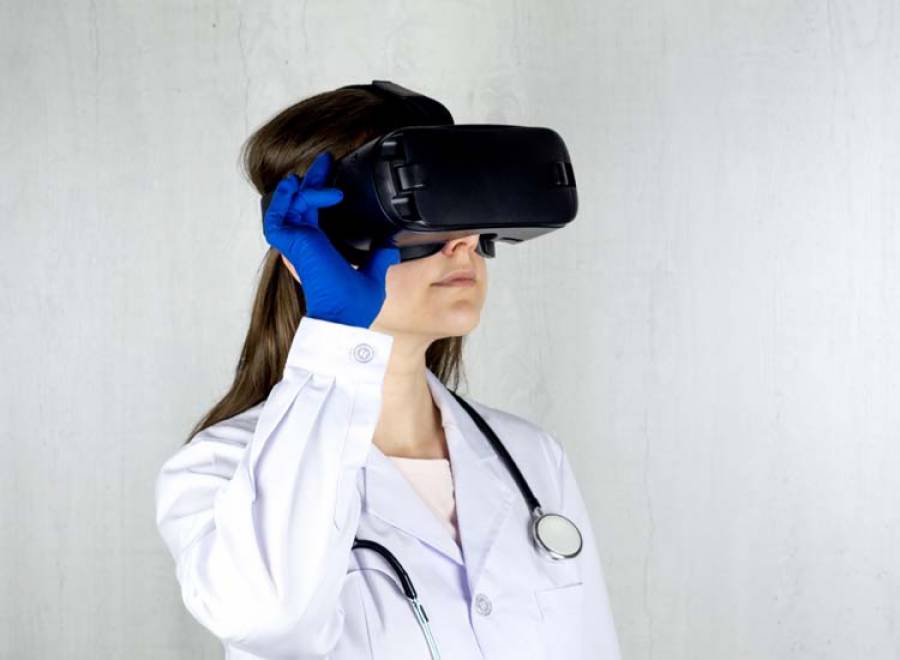Scientists Help Blind Science Teacher See Shapes, Letters

SPAIN: The Netherlands Institute of Neuroscience (Netherlands), University Miguel Hernández (Spain), and University of Utah (USA) recently published a collaborative study where they effectively created simple artificial vision using a brain implant in a blind woman.
The article “Visual percepts evoked with an Intracortical 96-channel Microelectrode Array inserted in the human occipital cortex” was published in The Journal of Clinical Investigation (JCI). Dr Eduardo Fernández, MD, PhD details how various penetrating electrodes helped build a simple vision for a blind volunteer aged 58. Hence, a series of experiments were conducted by the team using the blind volunteer as the subject. The results were promising, a massive step for scientists eager to produce a visual brain prosthesis to increase the autonomy of the blind.
A neurosurgeon inserted a microelectrode grouping of 100 microneedles into the visual cortex to record and stimulate nearby neurons. The volunteer wore eyeglasses fortified with a miniature video camera that had specific software encoded in it. This software decrypted the visual data collected by the camera and directed it to electrodes located in the brain. The assortment then encouraged the adjacent neurons to produce points of white light known as ‘phosphenes’ to generate an image.
The blind woman, a former science teacher who had been blind for 16 years, suffered no side effects from the surgery. Researchers confirmed that the implant did not weaken or hamper brain function in any way. With the help of the implant, she was able to identify lines, shapes and simple letters induced by various stimulation patterns. To support her in getting comfortable with the prosthesis, researchers designed a Simpson’s character in it. She is also mentioned as the co-author of the article, thanks to her immense involvement.
“These results are very exhilarating because they determine both safety and efficacy. This could aid in achieving dream scientists have held for so long, which is to translate data from the outside directly into the visual cortex, thereby returning basic eyesight in blind individuals”, said Prof Eduardo Fernández.
The research team anticipates that the subsequent trials will use a more complex image encoder system capable of encouraging more electrodes concurrently to elicit more intricate visuals.
Reference: Fernández E, Alfaro A, Soto-Sánchez C, et al. Visual percepts evoked with an Intracortical 96-channel microelectrode array inserted in human occipital cortex. Published October 19, 2021.
Trending
Popular
UCFS clinical trial to test efficacy of CAR-T gene therapy against ...
-
Sindh pledges vigorous action to ...
04:26 PM, 9 Apr, 2024 -
PMA stresses health equity on World ...
04:08 PM, 9 Apr, 2024 -
Dow University’s new rabies vaccine ...
12:18 PM, 28 Mar, 2024 -
IRD role lauded in advancing ...
02:53 PM, 12 Mar, 2024




